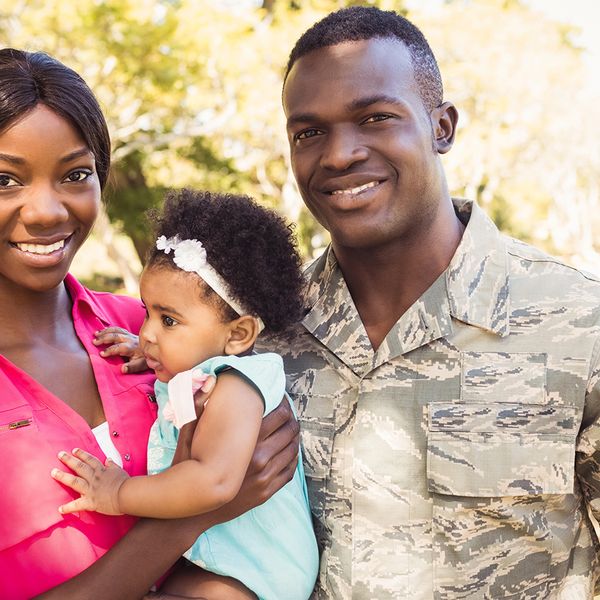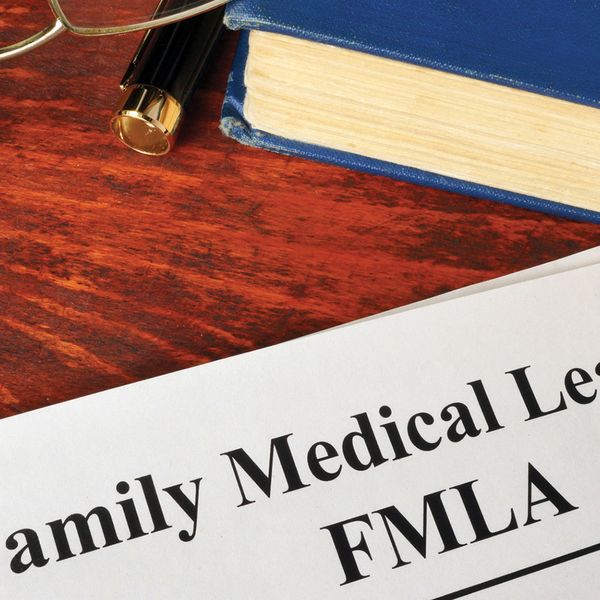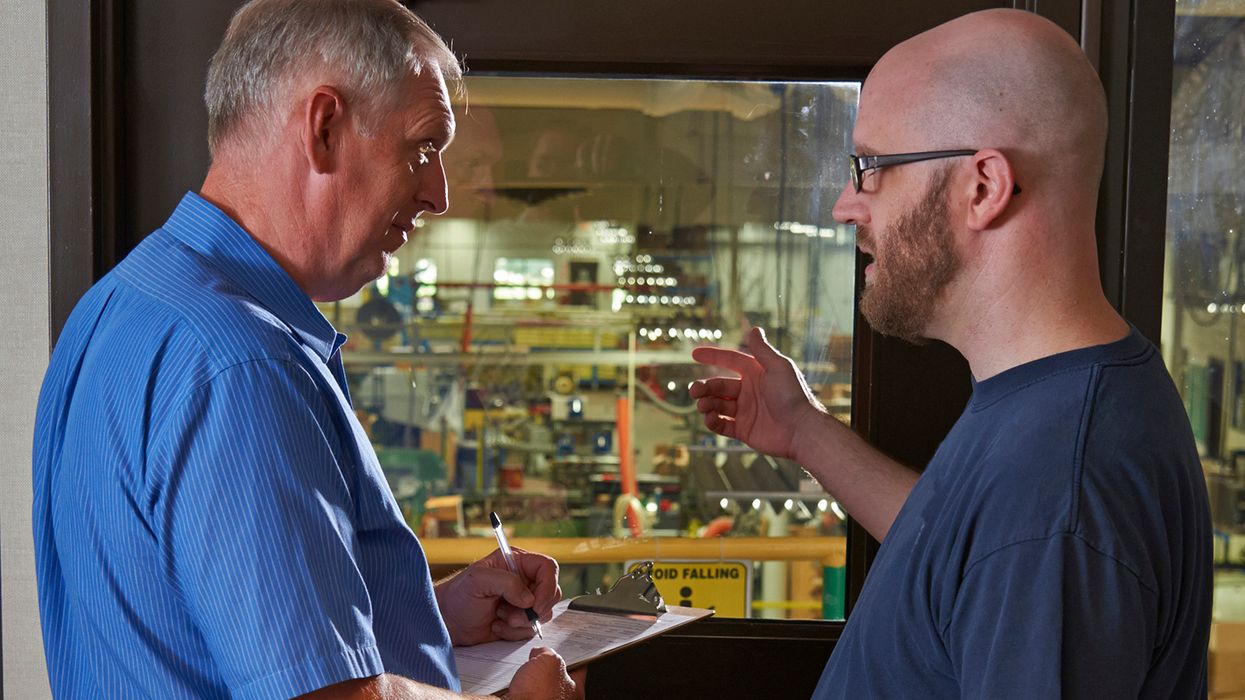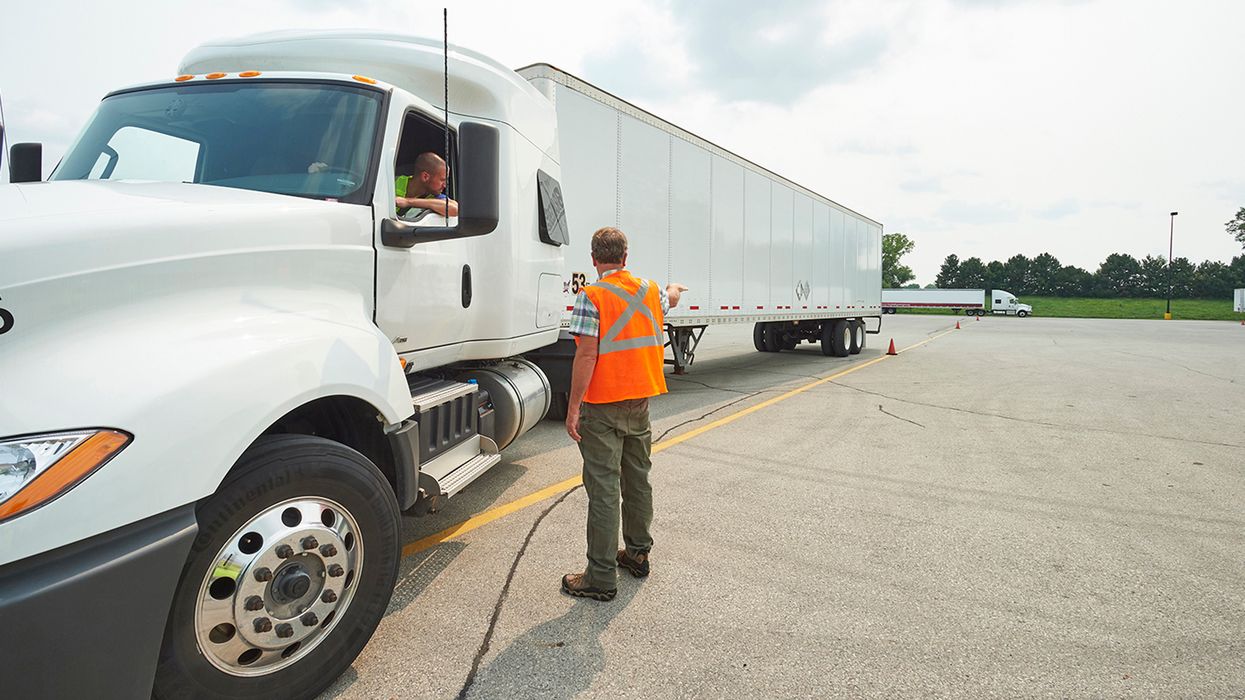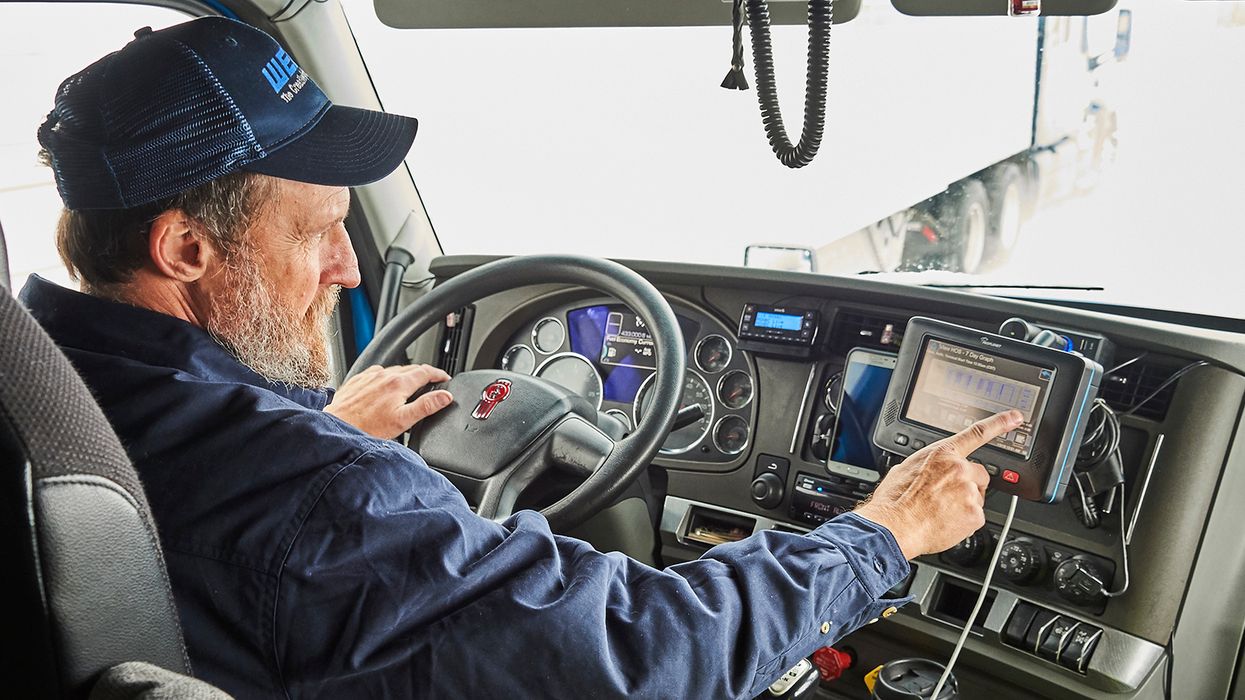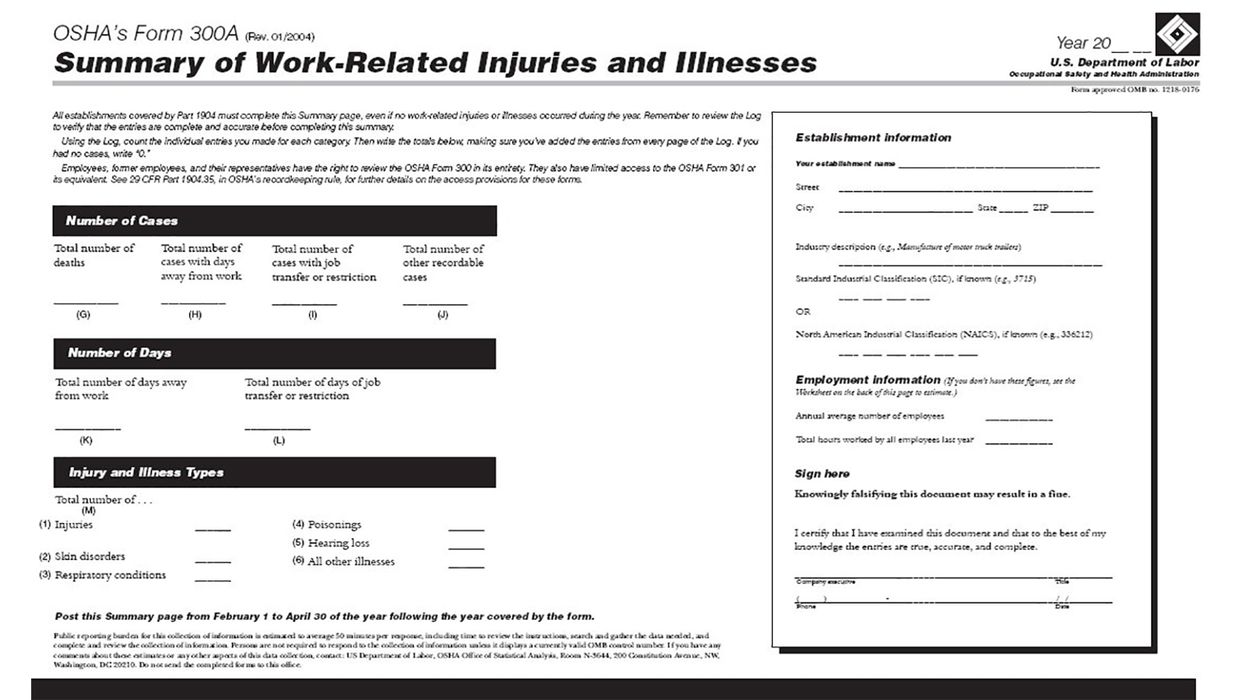Primary caregiver status not needed for FMLA
Giorgio’s father had been recently diagnosed with a serious health condition, and Giorgio wanted to take time off to help take care of him. Cecily, the company’s leave administrator, reviewed the certification she requested from Giorgio but wasn’t sure if he was entitled to the leave. His mother was available to take care of his father, and then there were the doctors and nurses treating him. Cecily thought that an employee needed to be a primary caregiver to take FMLA leave to care for a family member.
Sound familiar?
If Giorgio’s story sounds familiar, it might be because this type of scenario plays out in workplaces on a regular basis. Knowing how to navigate the rules can be tricky.
The federal Family and Medical Leave Act (FMLA) entitles eligible employees to take leave for various reasons, including to care for a family member with a serious health condition. Because FMLA leave doesn’t cover everything, employers need to know certain terms and definitions.
To begin with, under the FMLA a family member includes:
- Spouses (including same-sex spouses),
- Children (biological, step, adopted, or those for whom the employee stands in as a parent), and
- Parents (includes those who stood in as a parent).
The definitions of each of these terms are spelled out in the FMLA regulations. They do not, however, generally include parents-in-law, siblings, grandchildren, or other relatives. Some states have broader definitions of family members that go beyond what the federal FMLA covers.
What does “needed to care for” mean?
The term “needed to care for” a family member is, however, rather broad. It includes both physical and psychological care. It involves situations in which, because of a serious health condition, family members are unable to care for their own basic medical, hygienic, nutritional, or safety needs, or can’t transport themself to the doctor.
Therefore, Giorgio in the opening story may take FMLA leave to perform tasks such as drive his father to appointments or to prepare meals for him. This would be true even if Giorgio’s mother was available to do such tasks.
The FMLA does not limit this care to only a “primary caregiver.” In fact, the term “primary caregiver” does not show up in the FMLA regulations. The regulations do, however, say that “The employee need not be the only individual or family member available to care for the family member….”
The phrase also includes providing psychological comfort and reassurance that would be beneficial to a family member with a serious health condition, even if the family member is receiving inpatient or home care. Therefore, Giorgio would be entitled to take FMLA leave to simply hold his father’s hand, if doing so comforted his father.
Key to remember: Employees need not be a family member’s primary caregiver to take FMLA leave to care for the family member.







